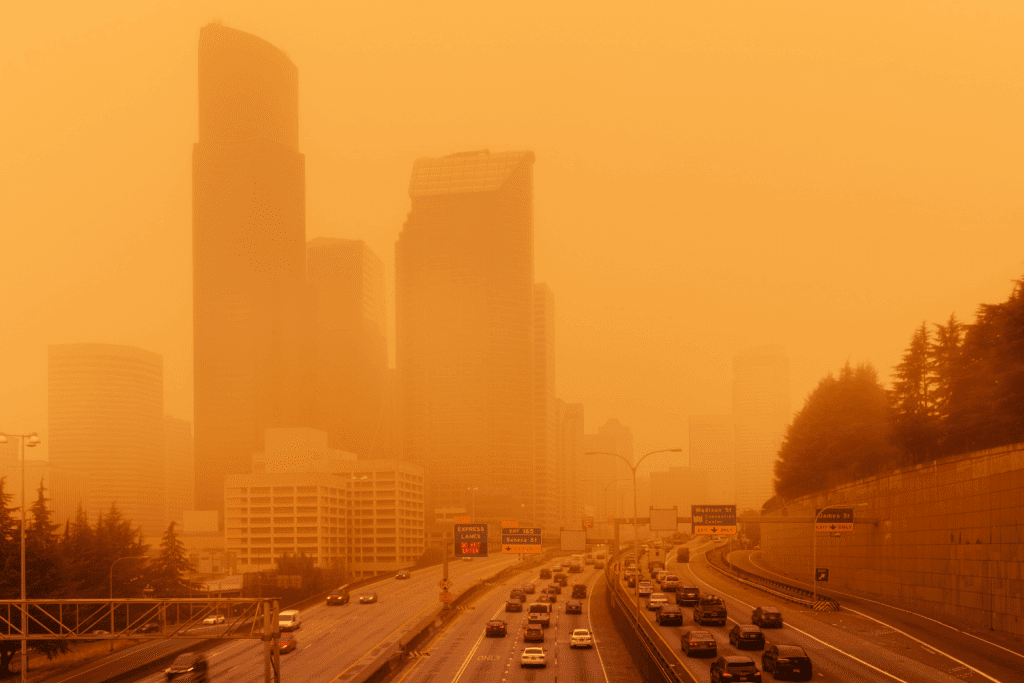Long-term air pollution exposure—even to low ambient air pollutant levels—increases COVID-19 infection rates, according to a recent study published in Occupational & Environmental Medicine. The study further corroborates scientific findings that air pollution exposure potentially increases COVID-19 incidence rates, illness severity and mortality.
Air Pollution Exposure and COVID-19
The study focused on the city of Varese, located in Italy’s Po Valley, an area encompassing multiple regions of Northern Italy. Notably, the Po Valley is one of the most polluted regions in Europe.
Researchers found that for every 1 µg/m3 (microgram per cubic meter) increase in long-term air pollution exposure, the COVID-19 incidence rate increased 2–5%. Particulate matter is at the high end of that spectrum. An increase of 1 µg/m3 in long-term exposure to PM2.5 increased the incidence rate by 5.1%.
The Pollution–Infection Connection
“We believe we have offered the first solid empirical evidence for the association between long-term exposure to air pollution and the incidence of COVID-19,” said Giovanni Veronesi, the study’s lead author, for Eos news.
The study’s findings conclude that airborne pollutants and COVID-19 rates are linked through an “increased susceptibility mechanism.” That is, air pollution likely affects infection rates both directly and indirectly. Either by exacerbating the viral load and thus the severity of disease or by affecting overall public health and increasing the number of compromised individuals.
A Prospective Study
The study, published in January, is not the first to point to an association between air pollution exposure and COVID-19 infection rates or severe illness potential. Several studies published over the course of the pandemic point to a connection between COVID-19 mortality rates and air pollution exposure across the globe.
Nevertheless, this study differs from past publications in several key ways. Chiefly, it is a prospective study analyzing data at the individual level rather than at the group level as previous ecological studies were. Also significant, it analyzes data over the course of an entire year, up to March 2021, whereas past studies did not extend past June 2020, or the first pandemic wave.
The prospective study also accounted for lower socio-economic status as well as urban location and exposure to urban transportation pollution as factors as well as pre-existing health conditions and persons living in long-term care facilities.
Minimizing Air Pollution Exposure
While further research is necessary to fully confirm causation, a couple of things are clear. Air pollution exposure significantly affects human health. And preventing air pollution exposure is key—both through official regulations and by intervening in your own indoor space.





